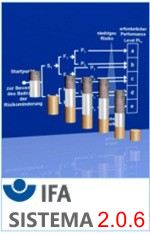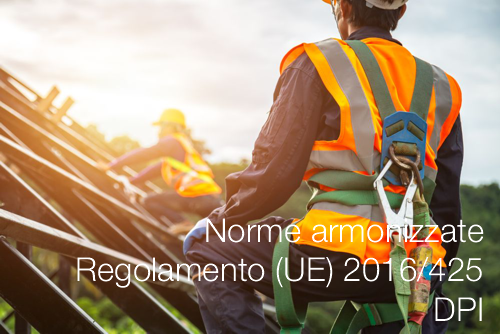Informazione tecnica HSE / 25 ° anno
/ Documenti disponibili:
45.544
/ Documenti scaricati: 34.383.814
/ Documenti scaricati: 34.383.814
ID 22618 | 25.09.2024 / Edition 1 - Preview attached
ISO 4931-1;2024
Buildings and civil engineering works — Principles, framework and guidance for resilience design -. Part 1: Adaptation to climate change
_______
The document provides principles, framework, and guidance for resilience design adaptive to climate change (RDACC) in buildings and civil engineering works. RDACC is applicable to both new construction and retrofits.
RDACC does not address:
- adaptation to climate change in the production and procurement of building materials, components and devices;
- adaptation to climate change in construction processes;
- climate change mitigation in buildings and civil engineering works;
- emergency management related to climate change in buildings and civil engineering works.
Introduction
Adaptation to climate change has become an urgent need globally.According to the United Nations Environment Programme (UNEP)'s Adaptation Gap Report 2022, "we must also urgently increase efforts to adapt to the impacts of climate change that are already here and to those that are to come".
In the context of global climate change, buildings and civil engineering works with service lives of decades or even centuries will face new climate challenges. These challenges include the increase of frequency and intensity in extreme weather events such as heatwaves, wildfires and floods, as well as chronic changes such as sea level rise. This can result in increase of vulnerability in built assets designed based on the climate of the past decades, risking human health and well-being, and causing economic loss and social impacts. Therefore, adaptation to climate change in buildings and civil engineering works should be considered in a timely manner.
This document provides a design approach called the resilience design adaptive to climate change (RDACC), which offers specific guidance on how to produce buildings and civil engineering works with climate change resilience. It is a method for adaptation to climate change at the engineering level.
The typical actions of RDACC include:
- identifying changes in climatic impact-drivers;
- identifying resilience limits and decision making on strategies;
- monitoring and optimization;
- decommissioning.
This document is useful to stakeholders including asset owners and users, investors, authorities, standards developers, meteorologists, engineers, architects, manufacturers, builders, and other parties involved in the RDACC.
Add preview attached
Fonte: ISO
Collegati

Safety Integrity Software Tool for the Evaluation of Machine Applications
Rilasciata da IFA la Versione stabile di SISTEMA 2 (2.0.6 Build...

ID 23896 | 29.04.2025 / Preview in allegato (EN)
ISO/TR 22100-5:2021
Sicurezza ...

ID 20947 | 11.12.2023
Decisione di esecuzione (UE) 2023/2752 della Commissione, del 7 dicembre 2023, che modifica la decisio...
Testata editoriale iscritta al n. 22/2024 del registro periodici della cancelleria del Tribunale di Perugia in data 19.11.2024